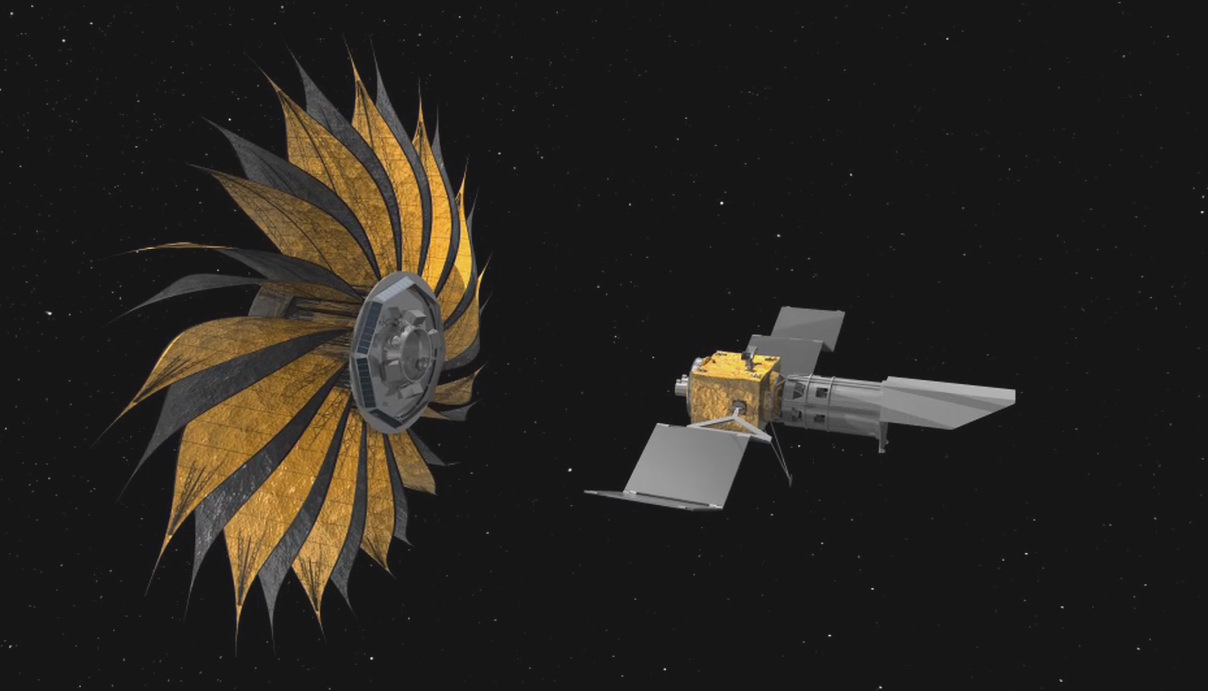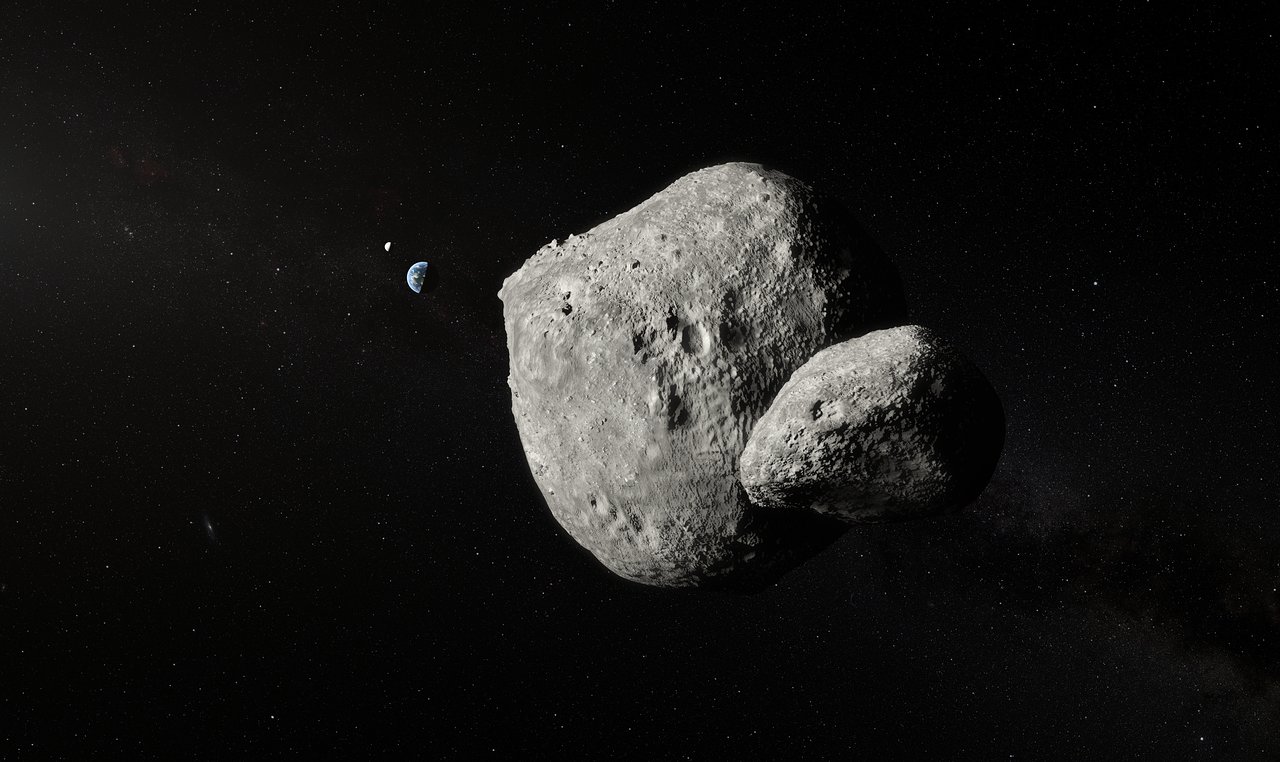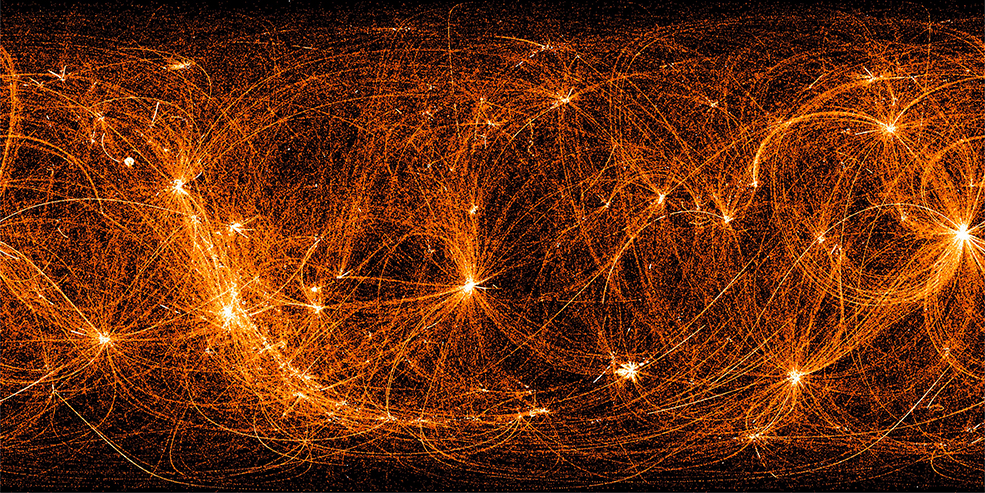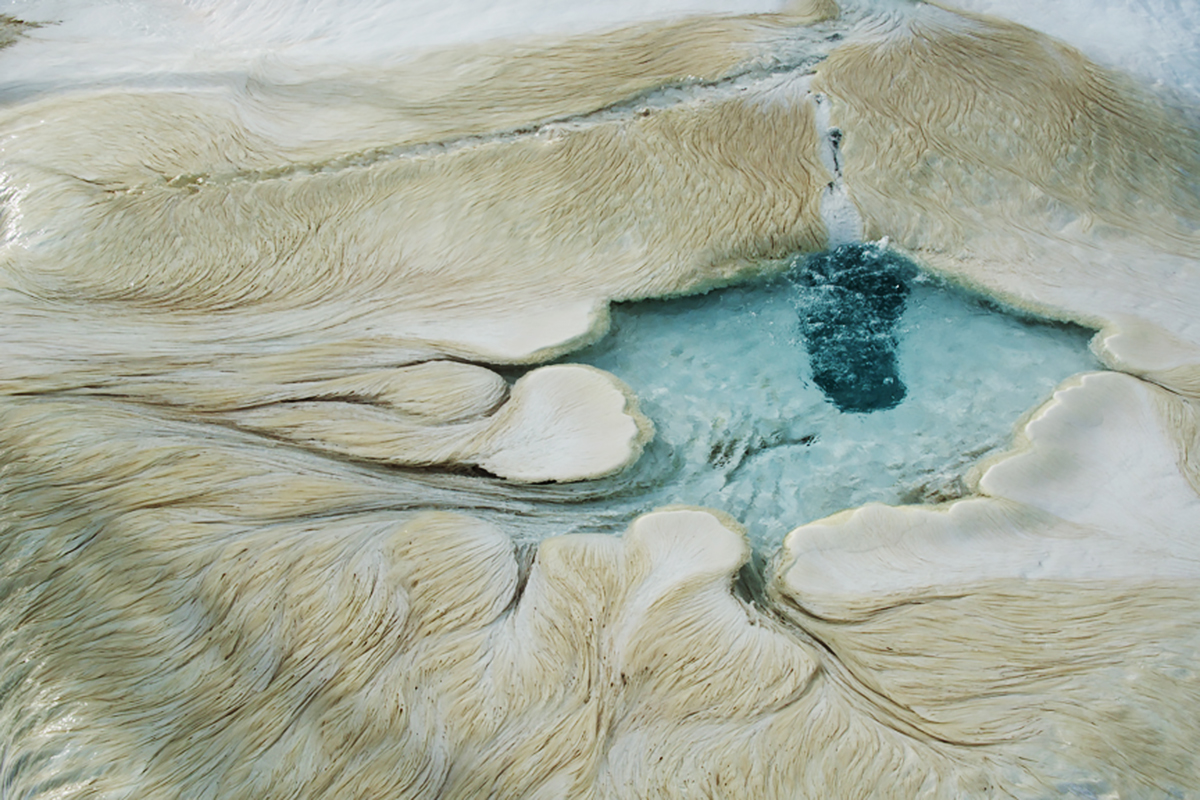There’s no denying it, we are facing an orbital debris problem! As of January 2019, the ESA’s Space Debris Office estimates that there are at least 34,000 pieces of large debris in Low Earth Orbit (LEO) – a combination of dead satellites, spent rocket stages, and other assorted bits of space junk. And with thousands of satellites scheduled to be launched in the next decade, that problem is only going to get worse.
This is a situation that cries out for solutions, especially when you consider the plans to commercialize LEO and start sending crewed missions to deep space in the coming years. A team of scientists from the Universidad Carlos III de Madrid (UC3M) has come up with a simple but elegant idea: equip future satellites with a tether system so they can de-orbit themselves at the end of their lives.
Continue reading “Satellites Equipped With a Tether Would be Able to De-Orbit Themselves at the end of Their Life”









